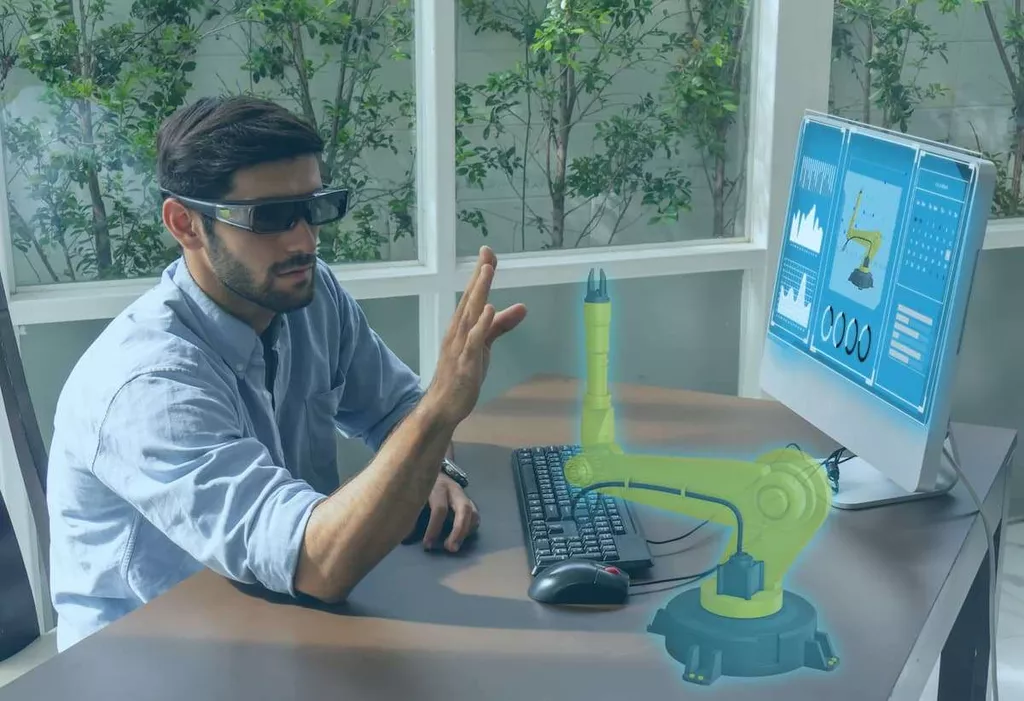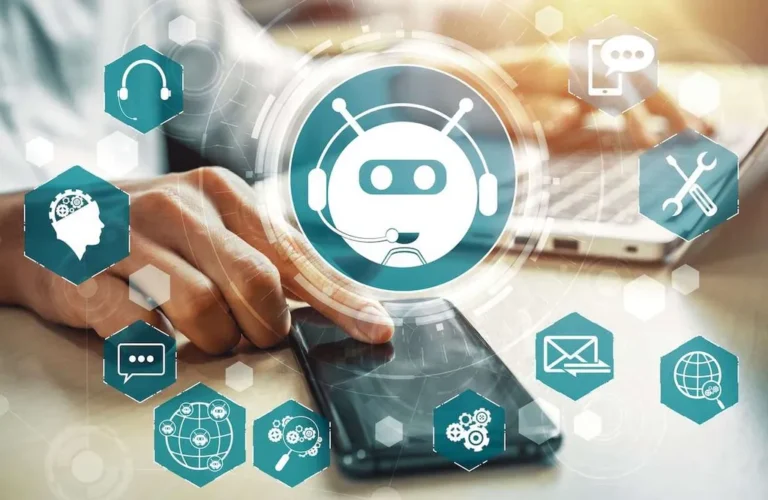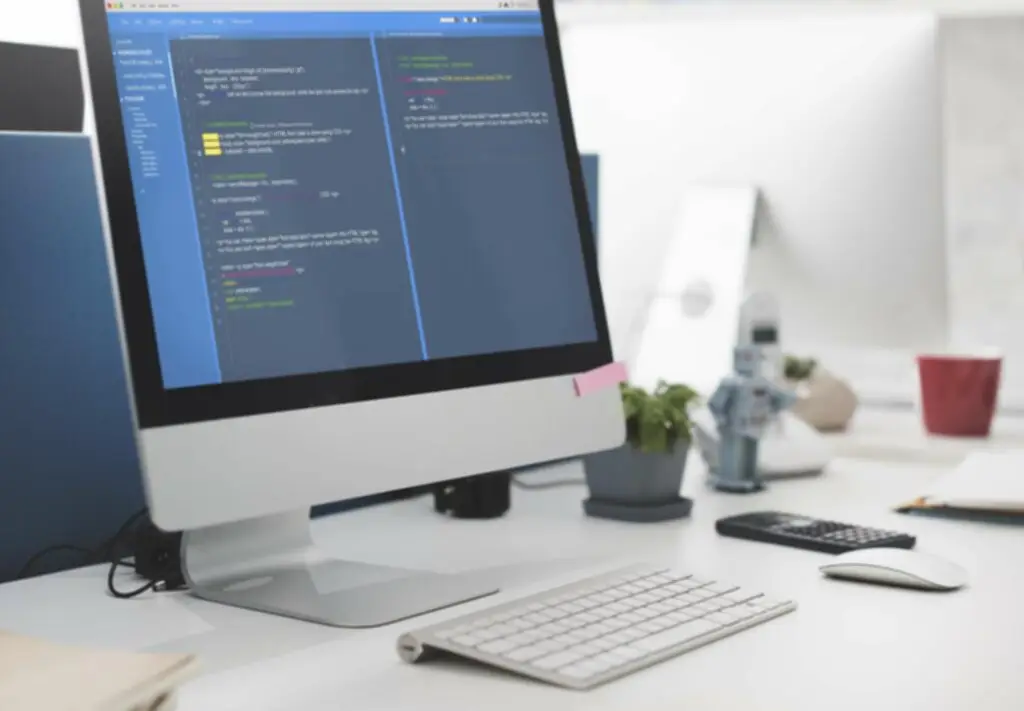Set your Sauce Labs account credentials as environment variables rather than hard-coding them into all your https://www.globalcloudteam.com/ scripts for efficiency and to guard them from unintended exposure. The following sections walk by way of every of those steps using a basic take a look at case example — logging into a website. This example ensures that a particular person can successfully log into our demo site, Swag Labs. The following pattern values are introduced utilizing case for readability, however capabilities values usually are not case-sensitive, so there isn’t any distinction between iPhone and iphone, for example. This StackOverflow article accommodates directions on the means to build an .apk file in Eclipse.

How Sauce Labs Determines Your Protocol

On the cellular device choice display screen, if a tool is in use, it’s going to be marked with a In Use flag. Notice that there’s a convenience methodology multi_touch added on the @driver object that merely takes an array of TouchAction objects’ actions and takes care of sending them to the server in order that they run in parallel. All the strategies that deal with position (i.e., tap, press, long_press, and move_to) can take a component as their level of action. At the identical time as the element, a point can be what is sauce labs handed in, in the form of x and y.
Sauce Labs Take A Look At Information Shows Enhance In Mobile Testing Because It Reaches 5 Billionth Take A Look At Milestone
There is even a webview implemented that you can use to check a net site from inside the app. Here we are using strategies on @driver that we have not seen earlier than, as a outcome of they have to do with web automation (like sending a browser to a URL, or getting the title of a webpage). Note that we first accessed the wrapped inner driver and known as it @webdriver, to ensure we’re utilizing the pure Selenium WebDriver shopper, and never any of the Appium wrapper.
Adding A Take A Look At Name And Outcome On Your Test
There are various instructions available for inspecting parts current on the UI of a device and interacting with them. So many, in fact, that it can be overwhelming to learn them all at once. The full listing could be a mixture of all of the API endpoints described in the Selenium Documentation and the Appium Documentation. The most useful tool in those docs is probably the Platforms Configurator, which is slightly wizard app that guides you thru choosing the right desired capabilities based mostly on the platform and type of test you wish to automate. In this tutorial, the specified capabilities will all be specified already in the code, but the Platforms Configurator might be helpful if you want to experiment with different platforms.
- These could be identifiers which app builders manually connect to essential components so that different handicap accessibility interfaces can meaningfully interpret the UI.
- The boilerplate is basically the identical (in an actual take a look at suite, we definitely would encapsulate these similarities in some kind of code abstraction).
- In the test steps, nevertheless, we see the usage of the various new instructions we have just learned (different locator strategies, send_keys, size, and so on…).
- Be conscious that not all of the Appium capabilities list are supported for both virtual and real device tests and that some capabilities have driver-specific choices for Android and iOS consumer libraries.
Configure Your Tests For Sauce Labs

It does not require you to download and install any 3rd-party instruments; as an alternative, it is seamlessly built-in into the Live Testing expertise. This allows you to identify locator points within your software or take a look at script. The Sauce Labs Training Repo accommodates an extensive number of demonstration scripts illustrating parallel testing in different frameworks and programming language combos.
Cellular Automation With Appium And Sauce Labs
If you might be testing an iOS app, the system choice will solely display the type (real/virtual) configured on the app. The system choice page will open, with the option to test on an actual system or a digital system. Debug quicker, facilitate collaboration, enhance cell device protection, and mix with automated testing to improve your speed-to-market with our Live (manual) testing answer.

Time Limits And Timeouts For Real Devices
Because Appium is constructed with a client/server structure, it would not matter whether or not an Appium server is hosted on the identical machine as the checks. We’ll be running our exams (i.e., utilizing the Appium clients) domestically, but the Appium servers (and hooked up cellular devices) might be in the Sauce Labs cloud. Of course, Sauce offers a lot of optional desired capabilities that help tweak the conduct of your Sauce classes. Sauce also offers ways to pre-upload your app to our cloud, or to guarantee that web requests are directed by way of a secure tunnel to your individual infrastructure. Those subjects are exterior the scope of this guide, however could be explored at your personal leisure on the Sauce Labs docs.
Static And Dynamic System Allocation
Create an occasion of Selenium’s Remote WebDriver class so you presumably can invoke strategies of the Selenium WebDriver API on Sauce Labs infrastructure. Selenium is built on a client-server structure, which includes both consumer and server parts. You can even install a dependent app or an app upgrade throughout a test through the use of the driving force.installApp(‘path-to-app’) command.

Learn about testing your cellular apps manually and interactively on a selection of Android and iOS real cell units. The following sections present context and instructions for check configurations which would possibly be important when utilizing Appium to run automated tests on Sauce Labs real units. Regardless of the check frameworks you are using (Appium, Espresso, XCUITest), you can configure your actual gadget exams utilizing static and dynamic device allocation. While the syntax could also be totally different (i.e., –device, deviceName), the performance is identical throughout all frameworks. Data from Sauce Labs confirmed that digital and real system cloud (RDC) checks grew, with RDC testing growing by greater than 250% in the last 12 months. There was growth in newer frameworks like Espresso and XCUI, whereas Sauce Labs continued to see the recognition of Selenium / Webdriver testing with a 24% increase.
The remainder of the actions are straightforward, and canopy the sorts of touch display interactions that one would count on. The beginning of most interactions is with both press or longPress, which may be performed on a degree on the display, an element, or a component with an offset from its high left corner. The solely distinction between the 2 strategies is, as their names recommend, the length of time the gestures spends down. The Real Device Settings are solely relevant for actual system testing.
That mentioned, the next API will stay for a while inside Appium, at the identical time as the model new API is rapidly adopted in the server. The “location” command returns the present location of the element on the screen, measured in pixels. By inspecting the properties of components seen on the UI, we are in a position to detect whether or not or not the app behaves as anticipated. We can take a look at for the presence of a popup, look for a user’s name when logged in, check that lists are populated, that images are in the best place, etc.
